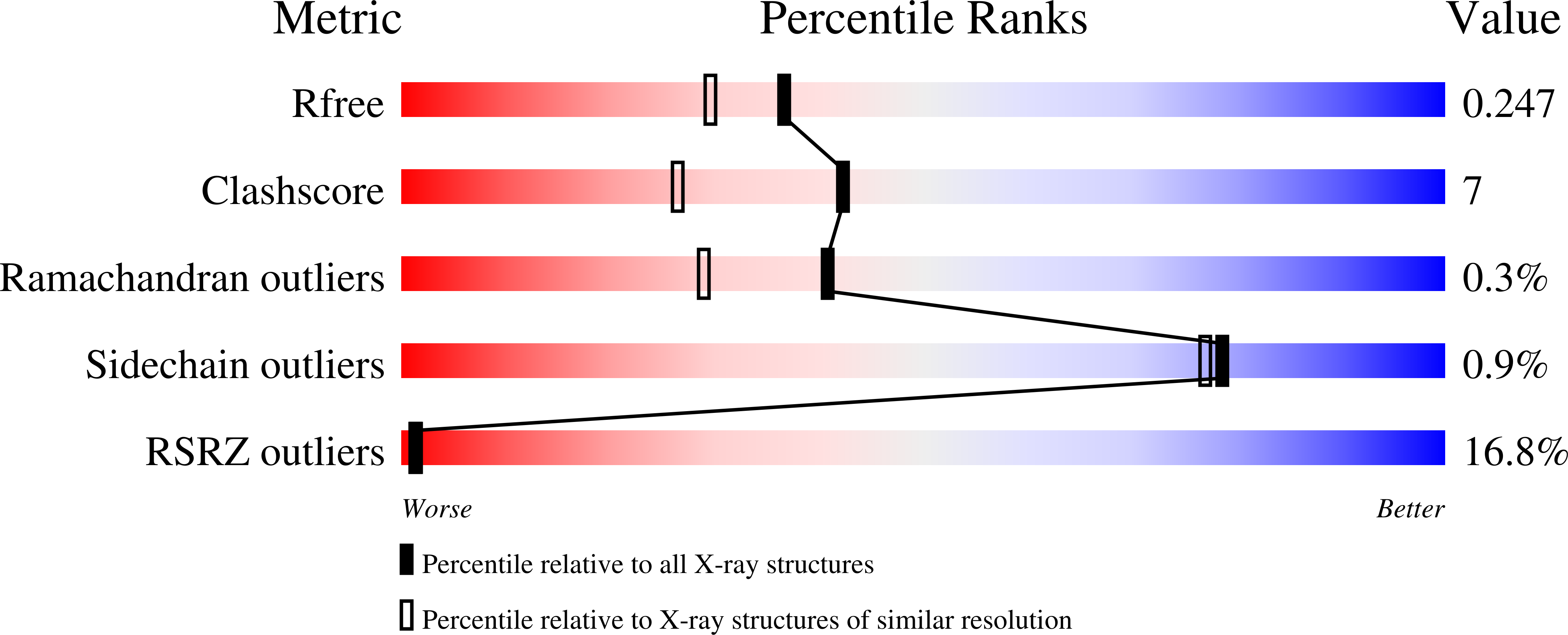
Deposition Date
2021-06-29
Release Date
2021-12-01
Last Version Date
2024-11-13
Entry Detail
PDB ID:
7P0L
Keywords:
Title:
Crystal structure of S.pombe Mdb1 BRCT domains in complex with a H2A phosphopeptide
Biological Source:
Source Organism:
Host Organism:
Method Details:
Experimental Method:
Resolution:
1.97 Å
R-Value Free:
0.24
R-Value Work:
0.20
R-Value Observed:
0.20
Space Group:
P 1 21 1


